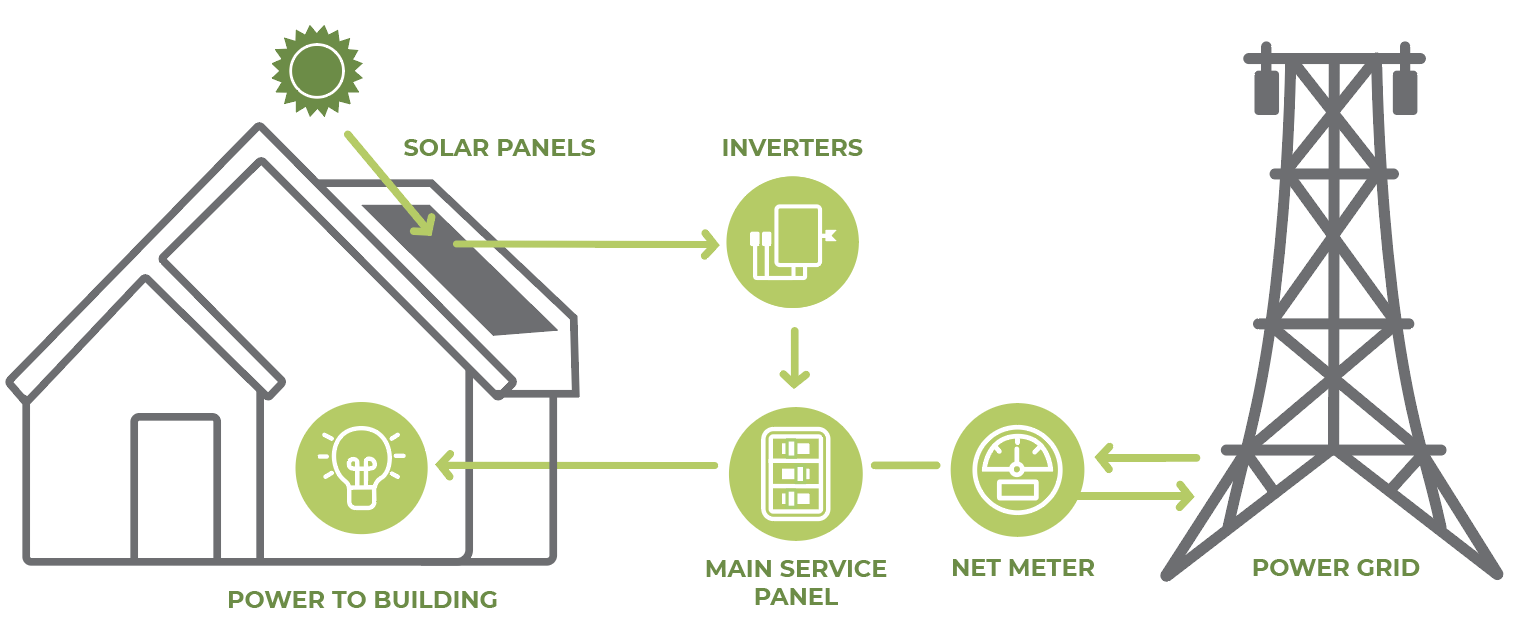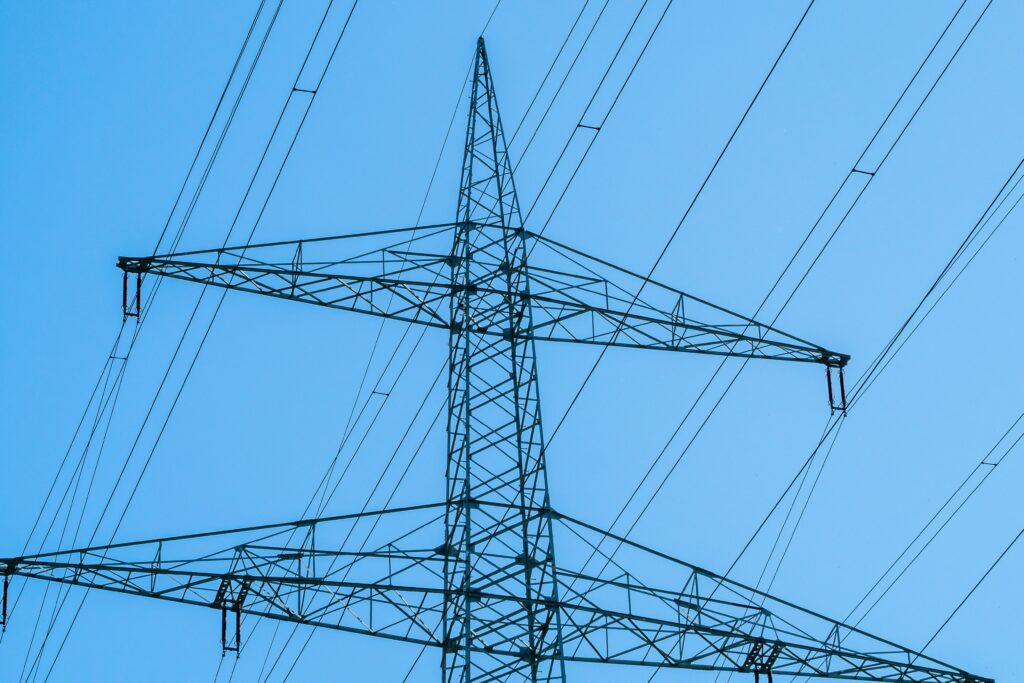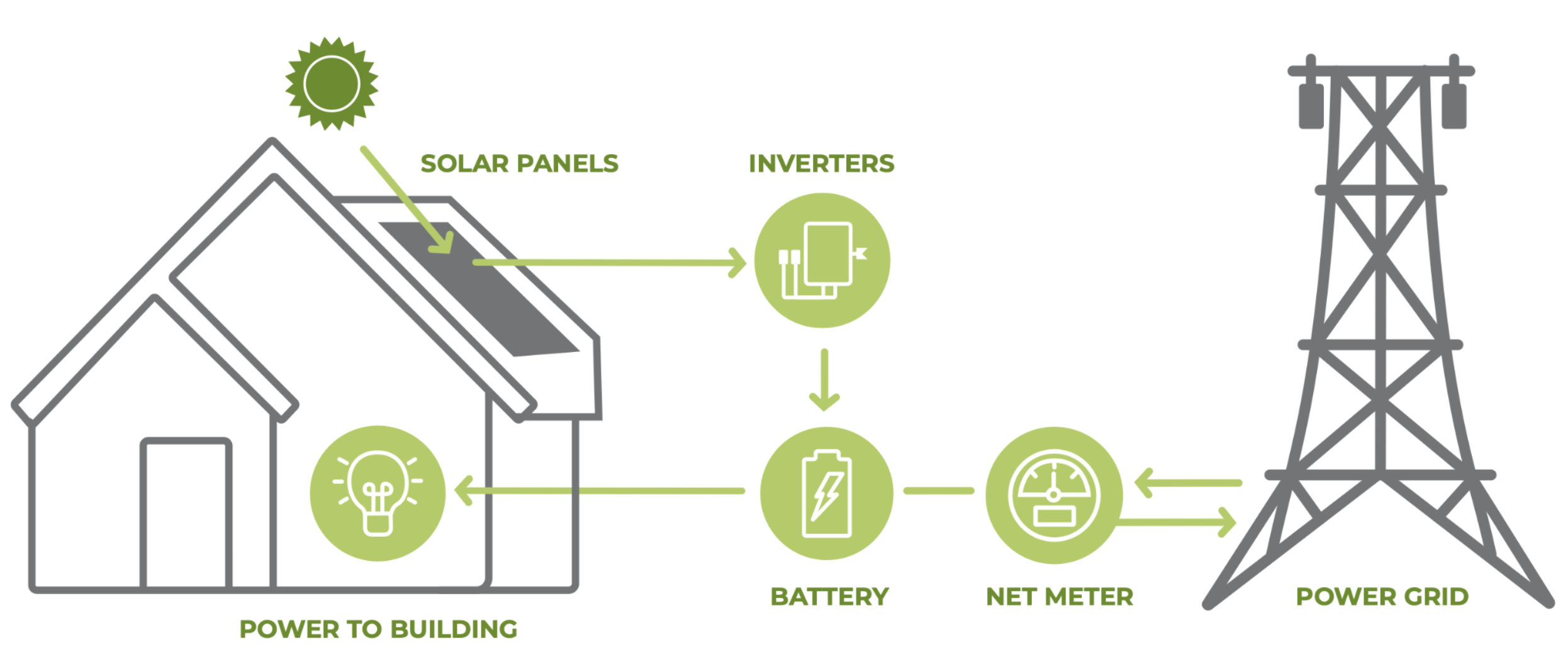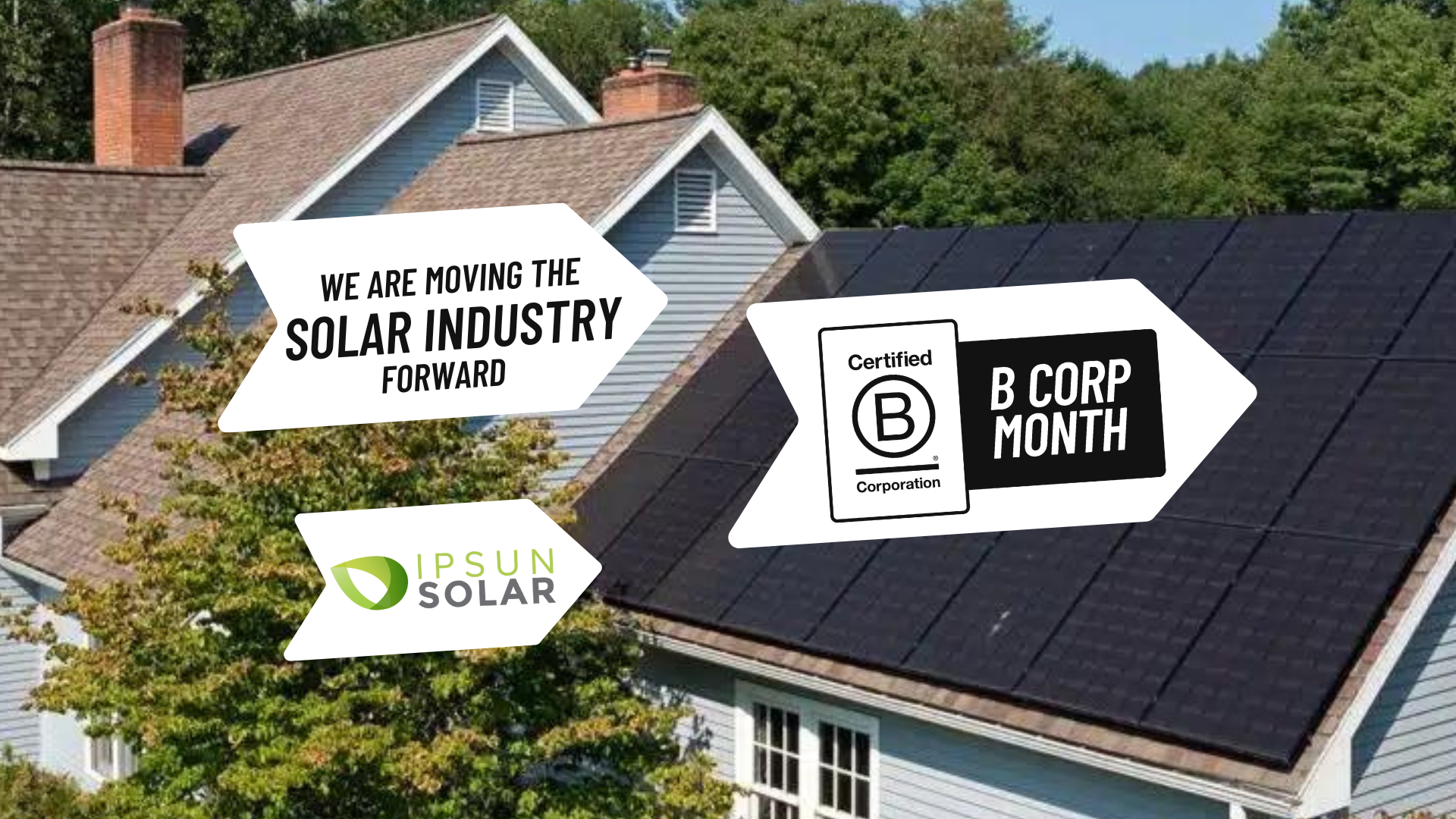Solar homeowners may be tempted to take net energy metering (NEM) for granted. If your grid-connected solar system came into operation receiving full 1:1 credit, then you’ve gotten used to an equivalent price between every bit of your solar energy send out through your meter to the grid and the grid energy you take.
It may seem like that arrangement will never change, but not so fast. But from California to West Virginia, battles are playing out in many states to determine the appropriate rate for net meter crediting going forward. What does this messy, contentious topic tell us about what’s likely to change in the future? Is 1:1 net metering safe for the entire useful life of your solar system? Here’s what we know.
How does Net Metering Work?
Solar Only Net Metering

Net Metering With Battery
West Virginia in the news: Full credit net metering to go away
Net metering recently went through a big change in West Virginia. Through a study process, parties determined that non-solar customers had taken on disproportionate costs as solar-customers received more and more net metering, a shift that some considered would penalize those without the inclination or viable location for solar.
Conversely, it’s also known that having more solar systems connected to the grid has benefits too, some of which translate financially, like savings on:
- Power plant operations
- Capacity
- High voltage line operations
- Fuel
So, through a case at the state Public Service Commission, interested parties calculated how much net metering value ought to be according to a framework based on avoided costs. Organizations conducted lively and lengthy negotiations. They all reached a settlement which is expected to receive final approval soon, at 9.3 cents per kilowatt hour, and may be annually adjusted to follow the market.
Solar advocates consider this a win, as among the most favorable net metering terms across the country, short of full 1:1. New systems completed and activated by December 31, 2024 will still have the friendlier 1:1 deal grandfathered, same with systems in operation in 2024 and earlier, but as of January 1, 2025 any systems not yet operational will have the new terms.
The California Dream: NEM 3.0
Meanwhile, since April 2023 California has operated under a revised NEM regime. The reasons for altering the old NEM rules were similar to the West Virginia example, but in California’s case the price of electricity is higher at around 30 cents per kilowatt hour, with a more dramatic drop-off to the new off-peak rate of 8 cents. Grandfathering of existing systems under the old rules only lasts for 20 years from the permission to operate (PTO) date, also known as when the homeowner’s interconnected solar first became active.
During times of peak energy consumption, utilities do compensate NEM customers more for the energy delivered to the grid, which helps avoid costs associated with high grid congestion like running natural gas-fired “peaker” plants which can ramp up and down quickly but are costly.
Logically, a solar home may also be consuming the most during peak times, so the real winners are battery customers who can discharge their stored energy onto the grid while running on their solar power. Arguably the biggest impact to California net metering of this recent change is the economic case it created for solar and storage, while extending the time it takes for solar alone to pay for itself.
What’s going to happen to NEM in the DMV?
NEM changes have begun to sweep through our region prior to the West Virginia case. Duke Energy customers in the Carolinas saw a reduction in payments for grid-tied solar energy, and there grandfathering was only possible until 2026.
Virginia Net Energy Metering
In Virginia, full credit net energy metering has been defended stalwartly by solar advocates, and even expanded over the last several years. Systems are now permitted to supply an estimated 150% of a home’s energy, to prepare for future EV charging needs and with an understanding that any accrued monthly credits will not roll over annually. Plus, residential systems may be up to 20 kW in capacity, with systems between 10 kW and 20kW in size eligible for standby fees only if they are using inverter settings that don’t limit export.
Maryland Net Energy Metering
In Maryland, PEPCO customers actually get an average commodity rate for their rollover credit the end of their billing year, in addition to 1:1 net metering in each monthly period, and the system size limit is 200%.
Washington, DC Net Energy Metering
In Washington, DC, net metering technically works a bit differently – the customer is billed for their total grid energy used, minus their total energy exported, and if there is excess it rolls over indefinitely.
Could the states where Ipsun Solar operates move to different net metering terms? We don’t have a crystal ball but hopefully readers now grasp that our current policies may not be around forever. Grandfathering provisions typically help ensure that customers who purchase a solar installation can count on a number of years of 1:1 credit while their renewable energy investment pays for itself so it’s important to act sooner rather than later.
Don’t assume net meter remains 1:1
By now you’re thinking, I didn’t realize how lucky we’ve been to have full credit net metering so long. While we hope it stays as long as possible, the winds of change are affecting grid-export terms nationwide. Between NEM, federal tax credit and Maryland tax credit levels, and the excellent products available now, there’s no reason to wait to get a solar quote. You’ll be glad you took action in time to catch full-credit NEM.






